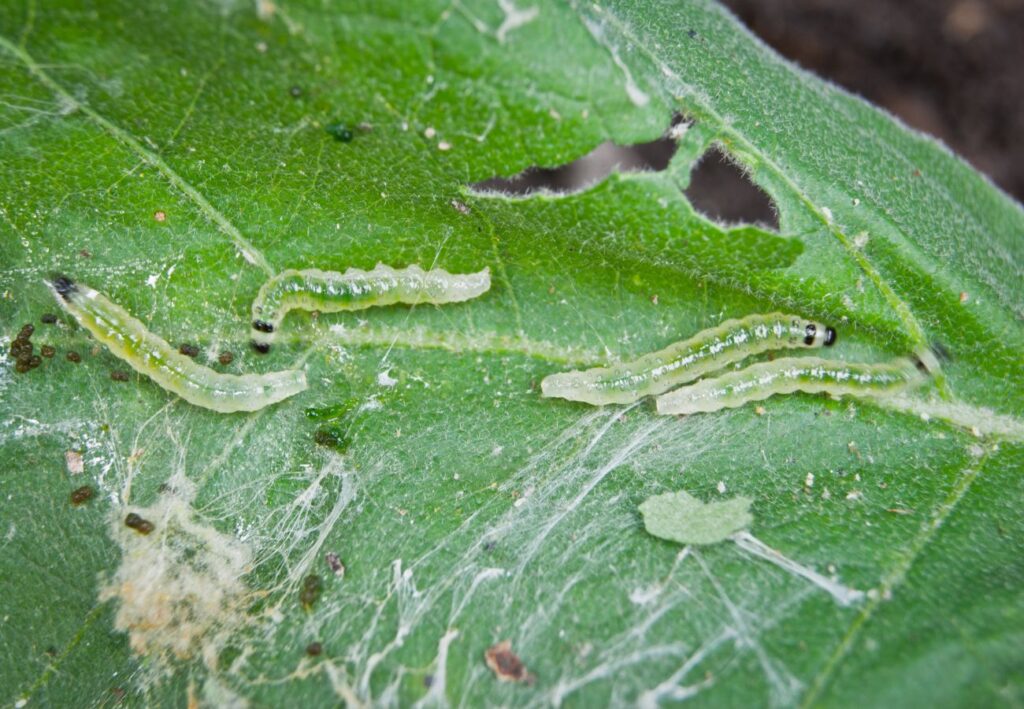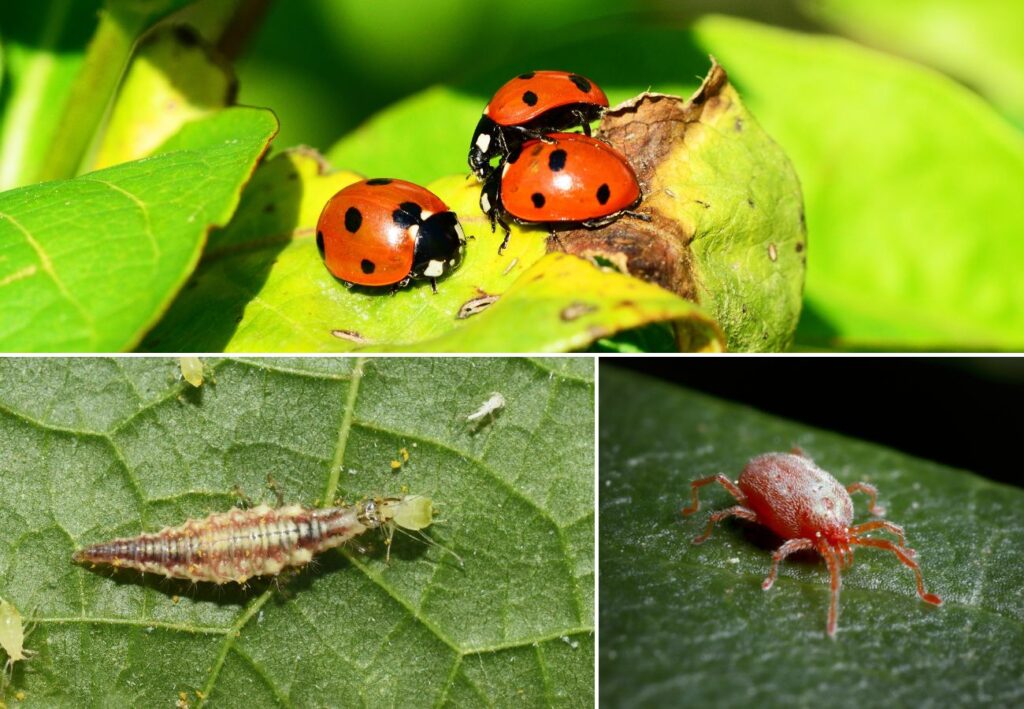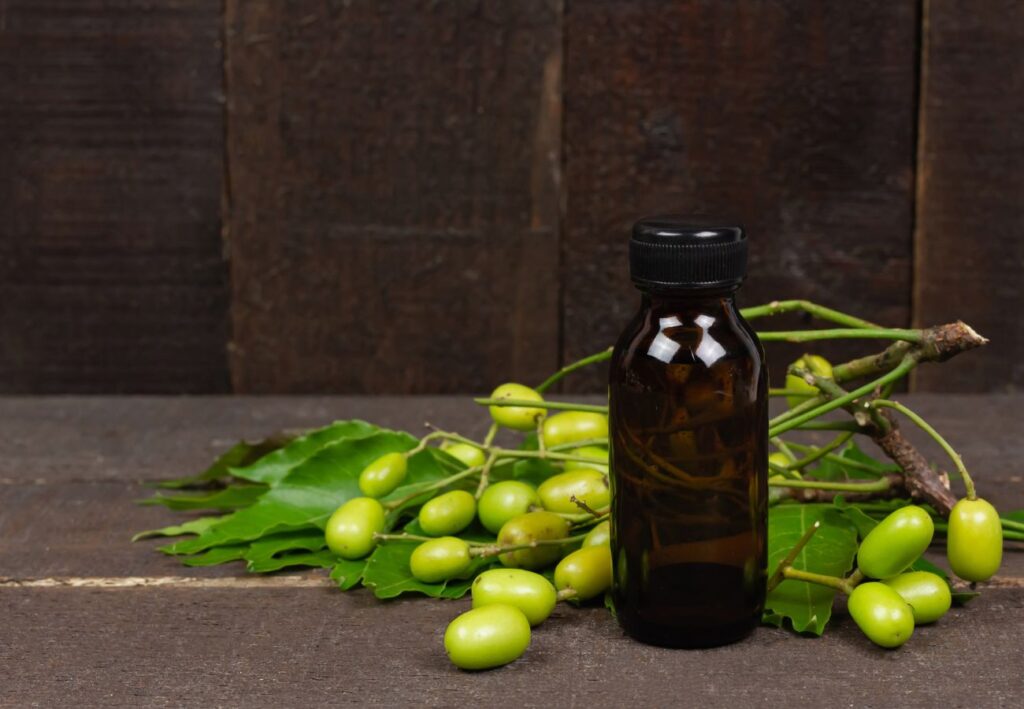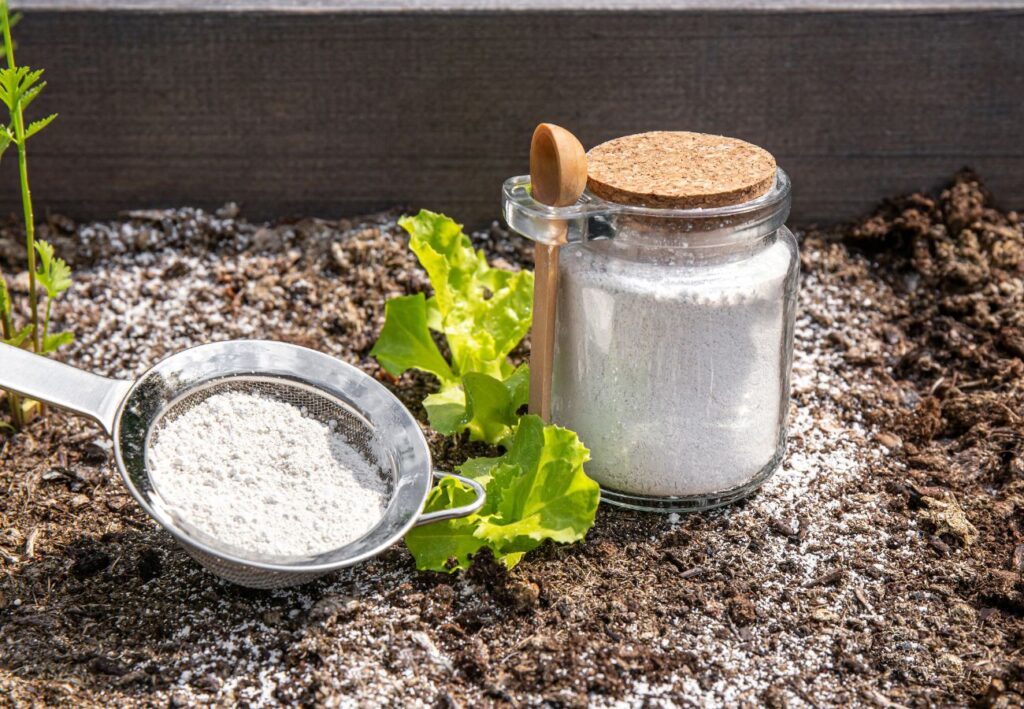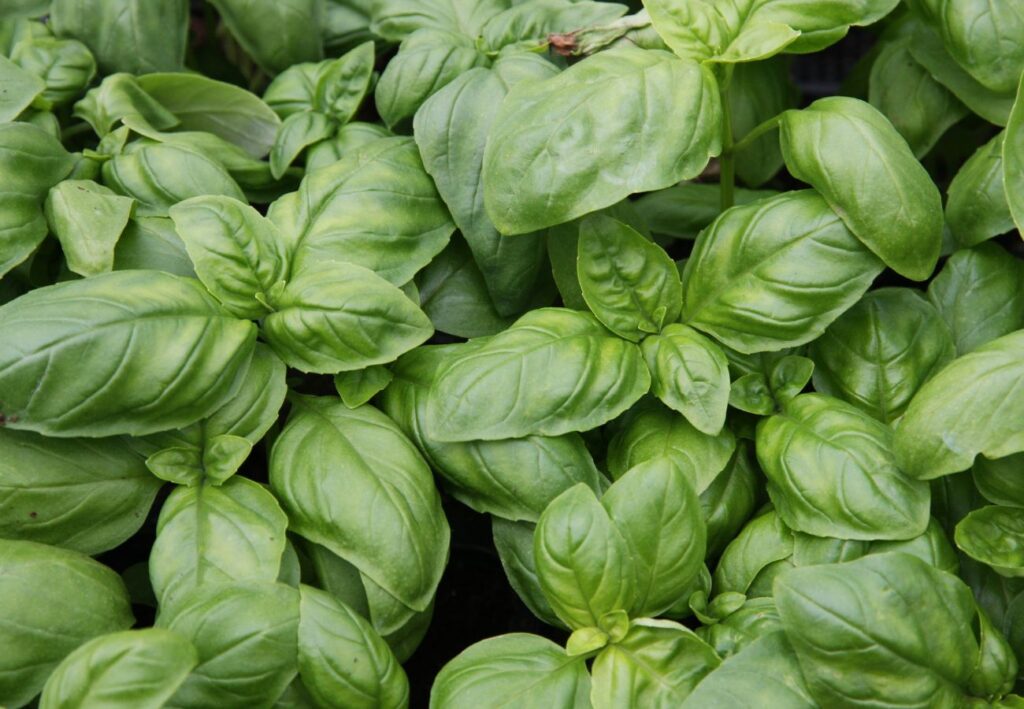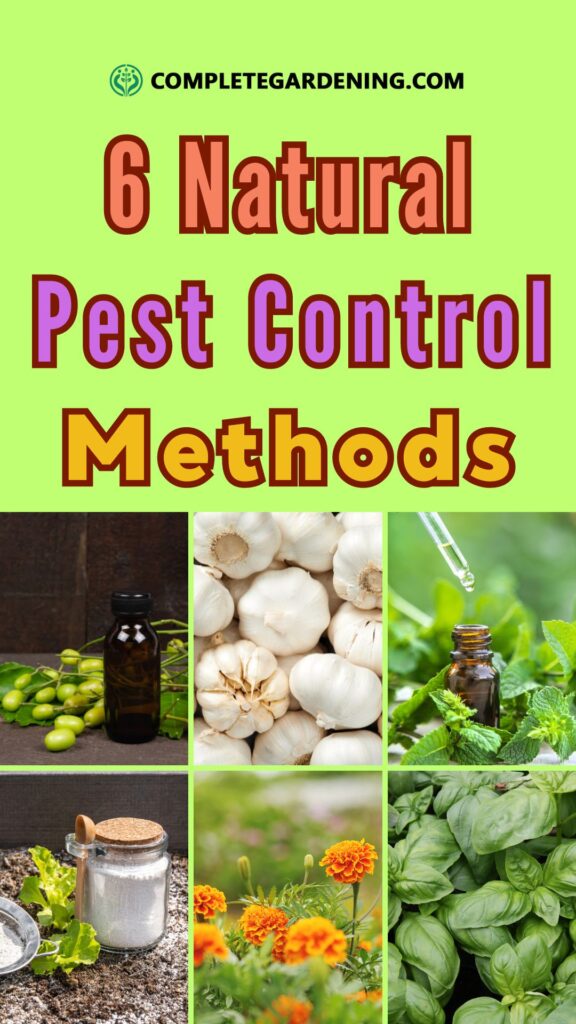Tired of battling pests in your garden and worried about the impact on your plants? You’re in the right place. Discover effective, natural pest control methods that safeguard your plants while keeping those pesky invaders at bay.
Whether you’re dealing with aphids, slugs, or other garden nuisances, natural solutions can provide the protection you need without harmful chemicals.
Your garden should be a sanctuary, not a battleground. By using natural pest control methods, you can maintain a healthy, flourishing garden environment. Enlist the help of beneficial insects, create homemade repellents, and more to keep your garden thriving.
Imagine strolling through your garden without the frustration of seeing chewed leaves or destroyed blooms. These simple, eco-friendly strategies will help you achieve that peace of mind and a beautiful garden.
Ready to learn more? Let’s dive into these practical, plant-friendly solutions!
Understanding Pest Behavior
Knowing how pests operate can help you prevent infestations and protect your plants effectively.
Identifying Common Pests
Identifying common pests is the first step in protecting your garden.
Aphids are small, green or black insects that cluster on the underside of leaves.
Spider mites leave fine webs and can cause leaves to yellow.
Whiteflies, recognizable by their white wings, can weaken plants by sucking their juices.
Caterpillars chew on leaves, leaving large holes, while slugs and snails leave a slimy trail and damage foliage near the ground. Observing these signs can help you act quickly and select the right natural control methods.
Lifecycle and Habits
Understanding the lifecycle and habits of pests is crucial for effective management.
Aphids reproduce rapidly, often in large numbers, making early detection vital.
Caterpillars have different stages, from egg to adult moth, and targeting them during the larval stage is most effective.
Spider mites thrive in hot, dry conditions, making regular watering and humidity control important.
Whiteflies lay eggs on the underside of leaves, and it’s crucial to inspect these areas regularly. Recognizing these patterns helps in implementing timely and targeted pest control measures.
Cultural Practices for Pest Control
Implementing cultural practices can significantly reduce pest issues without harming your plants.
By using techniques such as crop rotation, proper watering, and selecting pest-resistant varieties, you can maintain a healthy garden environment and minimize the use of chemical pesticides.
Crop Rotation
Rotating crops breaks pest life cycles and reduces soil-borne diseases. Pests often target specific plants, so changing the crop location each season confuses them and depletes pest populations.
For instance, alternate between planting tomatoes and beans, avoiding planting the same family of crops consecutively in the same plot.
This method also improves soil health by varying nutrient demands. A simple rotation plan includes dividing your garden into sections and rotating groups like legumes, root vegetables, and leafy greens annually.
Proper Watering Techniques
Overwatering or underwatering weakens plants and makes them susceptible to pests. Ensure you water plants early in the morning, allowing foliage to dry out during the day. This practice prevents fungal growth, a common issue in humid conditions.
Drip irrigation systems or soaker hoses are effective options. These methods deliver water directly to the plant roots, reducing evaporation and minimizing wet foliage.
Adjusting your watering schedule based on plant needs and weather conditions promotes resilient plants.
Choosing Pest-Resistant Plant Varieties
Selecting pest-resistant plant varieties helps reduce pest pressure. These plants are bred to naturally repel or withstand common pests, requiring fewer interventions.
For example, choosing a tomato variety labeled as resistant to nematodes and blights can significantly reduce pest issues.
Research and select varieties suited to your climate and local pest challenges. Consulting seed catalogs or local nurseries can provide valuable information on suitable pest-resistant options for your garden.
Physical and Mechanical Control Methods
Using physical and mechanical control methods helps keep pests away without harming your plants. These techniques are environmentally friendly and often quite effective.
Barriers and Traps
Barriers like row covers, netting, and fences create a physical shield that prevents pests from reaching your plants. Use lightweight floating row covers to protect young plants from insects like aphids and caterpillars. Netting can deter birds and larger pests, making it versatile.
Traps, on the other hand, capture unwanted pests. Sticky traps for insects can be placed around your garden to monitor and reduce insect population.
For larger pests like rodents, humane traps that capture them alive can be effective. Remember to check traps frequently and relocate the captured pests away from your garden.
Manual Pest Removal
Manual pest removal is a hands-on method involving picking off pests by hand. You can effectively manage infestations of insects like beetles and caterpillars this way. Early morning is a good time for manual removal because insects are less active.
For smaller pests, consider using a soft brush or cloth. A strong spray of water can also dislodge insects like aphids from plant leaves.
While this method is labor-intensive, it allows you to control the pest population without introducing harmful chemicals into your garden. Regular inspection and removal are key to preventing pests from becoming a bigger problem.
Biological Pest Control Strategies
Biological pest control involves using living organisms to manage pest populations. This approach helps create a balanced ecosystem while protecting your plants from harmful insects.
Beneficial Insects and Predators
Beneficial insects like ladybugs, lacewing larvae, and predatory mites play a crucial role in biological pest control. Ladybugs, for example, can consume up to 50 aphids daily.
Lacewing larvae feed on soft-bodied pests like mealybugs and caterpillars. Predatory mites target spider mites, thrips, and other tiny pests.
To attract these beneficial insects, plant a variety of flowering plants such as dill, fennel, and yarrow. These plants provide nectar and pollen, which are essential for insects’ survival and reproduction.
Introducing commercially available beneficial insects into your garden can also be effective. Make sure to release them in early morning or late evening when temperatures are cooler. This increases their chances of survival and effectiveness.
Natural Repellents
Using natural repellents is another effective biological control strategy. Neem oil is a popular choice due to its ability to disrupt the life cycle of many insects.
Neem oil is safe for both plants and beneficial insects when used correctly. Garlic spray and peppermint oil can repel pests like aphids, whiteflies, and beetles.
Diatomaceous earth is another natural repellent. Made from fossilized aquatic organisms, it damages the exoskeletons of insects like ants, slugs, and beetles, causing them to dehydrate. Dusting a small amount around your plants forms a protective barrier.
Planting certain herbs and flowers that repel pests can also be useful. Marigolds, for instance, repel nematodes, whiteflies, and aphids. Basil repels flies and mosquitoes. These natural repellents help keep your garden pest-free without harming the plants or the environment.
Neem Oil: Nature’s Insect Deterrent
Neem oil is a versatile and potent natural insect repellent derived from the seeds of the neem tree. Its active compound, azadirachtin, interferes with the hormones of insects, disrupting their feeding, molting, and reproductive cycles.
This makes neem oil effective against a variety of pests, including aphids, whiteflies, and spider mites.
To use neem oil, mix it with water and a few drops of mild soap, then spray it on the affected plants. This ensures thorough coverage and enhances the oil’s adherence to leaves.
Neem oil is safe for most plants and beneficial insects, but it’s essential to test it on a small area first to check for any adverse reactions.
Garlic Spray: Pungent Pest Protector
Garlic spray is a simple yet powerful repellent that deters many garden pests with its strong smell. Garlic contains sulfur compounds that are toxic to insects but harmless to plants and humans. This makes it particularly effective against aphids, caterpillars, and whiteflies.
To make garlic spray, blend several cloves of garlic with water, strain the mixture, and add a few drops of liquid soap.
Spray this solution on the foliage of your plants, especially the undersides of leaves where pests tend to congregate. Reapply after rain or heavy dew to maintain its effectiveness.
Peppermint Oil: Refreshing and Repellent
Peppermint oil is a fragrant and effective natural pest repellent that deters insects such as ants, spiders, and beetles. The strong scent of peppermint oil masks the pheromones insects use to communicate, confusing and repelling them.
Create a peppermint oil spray by mixing a few drops of the oil with water and a small amount of dish soap. Spray it around your garden, focusing on areas where pests are commonly found.
Peppermint oil can also be used to deter rodents by soaking cotton balls in the oil and placing them around the garden’s perimeter.
Diatomaceous Earth: Fossilized Pest Fighter
Diatomaceous earth (DE) is a fine powder made from the fossilized remains of diatoms, a type of algae. It’s a mechanical insecticide that damages the exoskeletons of insects, causing them to dehydrate and die. DE is effective against ants, slugs, beetles, and other crawling pests.
To use diatomaceous earth, dust a thin layer around the base of your plants and on the soil’s surface. Reapply after watering or rain to maintain its effectiveness. Ensure you use food-grade DE, which is safe for humans and pets.
Marigolds: Colorful and Protective
Marigolds are more than just vibrant additions to your garden; they also act as natural pest repellents. These flowers release compounds called thiophenes, which repel nematodes, whiteflies, and aphids. The strong scent of marigolds also deters larger pests like rabbits and deer.
Plant marigolds around the perimeter of your garden or intersperse them with your crops to create a protective barrier. They are easy to grow and require minimal maintenance, making them an ideal choice for natural pest control.
Basil: Aromatic Bug Buster
Basil is a fragrant herb that not only enhances your culinary dishes but also protects your garden from pests. Its strong scent repels mosquitoes, flies, and aphids, while also attracting beneficial insects like bees and butterflies.
Plant basil near vegetables like tomatoes and peppers, as it can improve their flavor and growth while keeping pests at bay. Basil grows well in containers or garden beds, making it a versatile addition to any garden setup.
By incorporating these natural repellents into your gardening routine, you can create a thriving, pest-free environment. These eco-friendly solutions not only protect your plants but also contribute to a healthier, more sustainable garden ecosystem.





